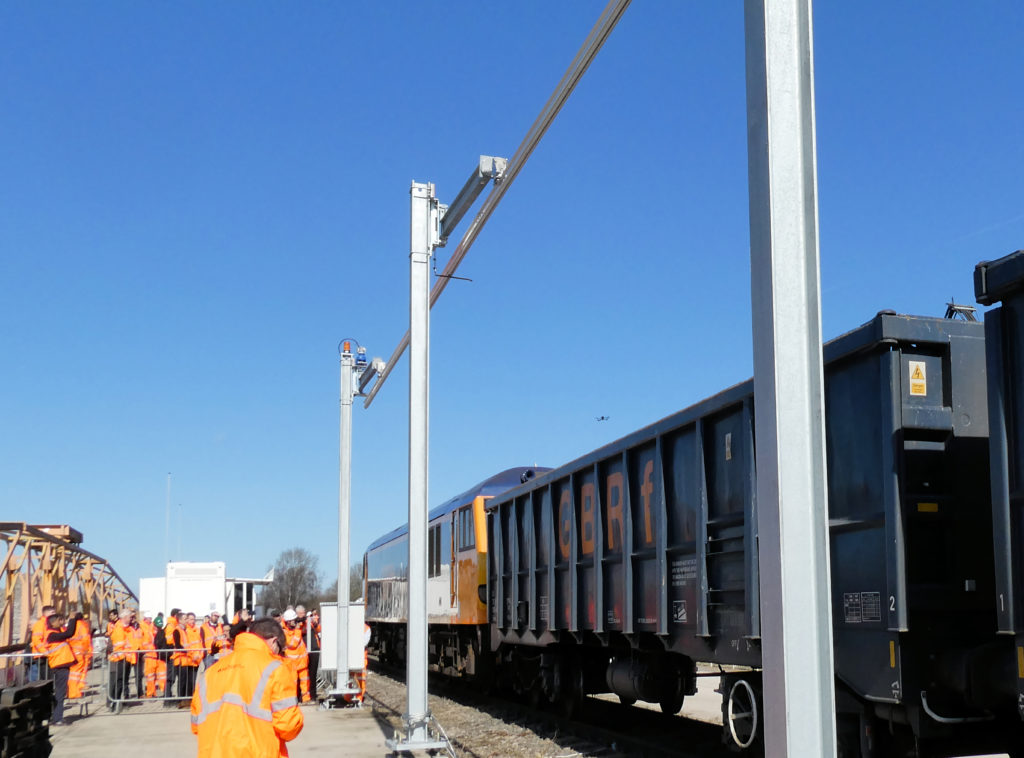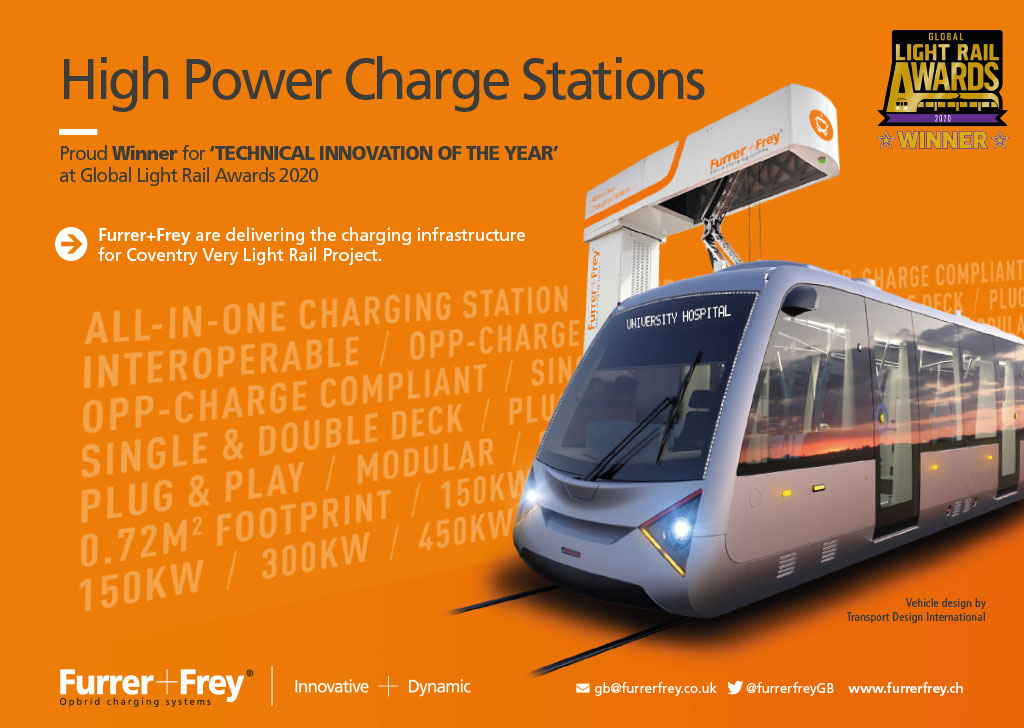Much has been written about the challenge of decarbonising the railway. Commentators debate the merits of 25kV electrification, or hydrogen and/or batteries (on self-powered trains). In the end, the discussion is about the relative energy density (whether measured by volume or mass) of the various energy sources compared with diesel fuel. 25kV electrification, of course, supplies energy to the train on demand. When discussing hydrogen and/or batteries, the main issue is the space, range and weight penalties of hydrogen-battery or straight battery solutions. These debates tend to be focussed on the passenger railway.
But for freight there is only one solution, electrification. None of the alternatives work for freight. Both battery and hydrogen solutions result in reduced train length available to the payload to accommodate the power sources needed to move trains equivalent to those currently hauled by the ubiquitous class 66 diesel locomotive.
The challenge
Although diesel rail freight is already much more carbon efficient than road transport, the challenge of decarbonisation means that more needs to be done. Further electrification of the main line is required to enable a significant increase in electric freight. The distances involved are not large and the key sections include Felixstowe to Ipswich, Haughton Junction to Birmingham via Leicester, Bletchley to Oxford (an opportunity being missed on the East West Railway), London Gateway and the Somerset quarry lines.
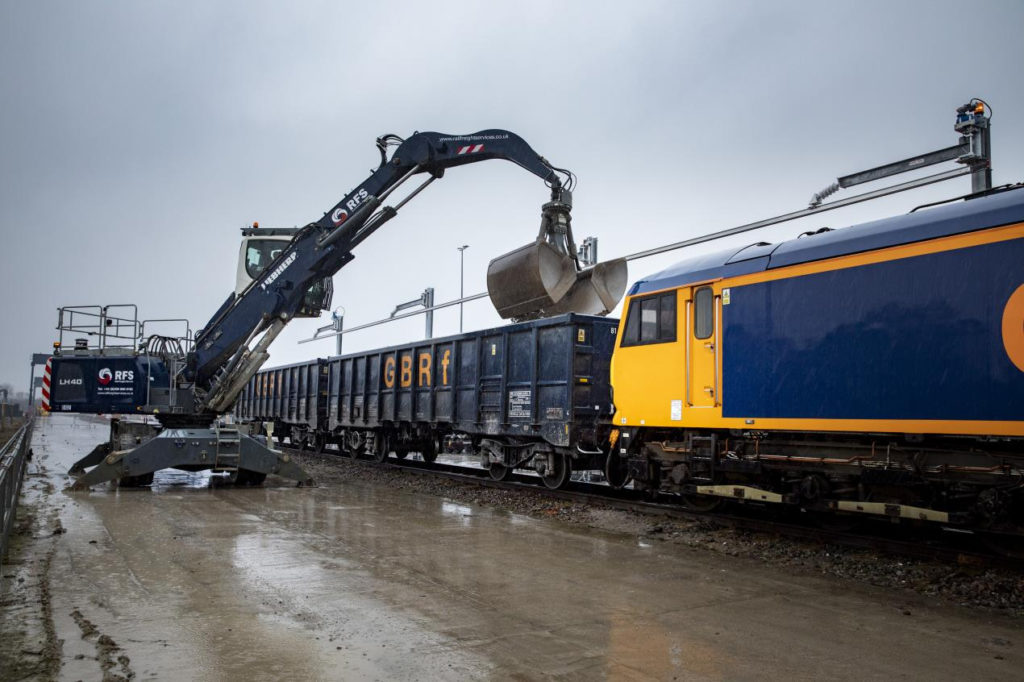
The Railway Industry Association (RIA) has estimated that electrification of just 10% of the lines recommended by Network Rail’s Traction Decarbonisation Network Study would enable 70% of rail freight to be electrified (circa 1200 single track kilometres). However, another issue must be solved if there is to be more electric rail freight. That is access of electric locomotives to freight depots and sidings.
A solution?
In July 2021, electrification equipment supplier Furrer+Frey announced it had been funded by Innovate UK and the Department for Transport “to develop an overhead conductor system specifically designed for freight terminals which currently rely on diesel shunters”. Although many rail freight terminals are located next to electrified lines, currently the overhead cables must stop short of the terminals, so the trains can be loaded and unloaded safely.
The prototype has been installed at Tarmac’s/GB RailFreight’s terminal in Wellingborough by SPL Powerlines UK and Rail Engineer visited in March 2022 to examine the prototype in action. It involves a moveable overhead conductor bar that will allow freight trains to move into position then be retracted to enable unloading and loading.
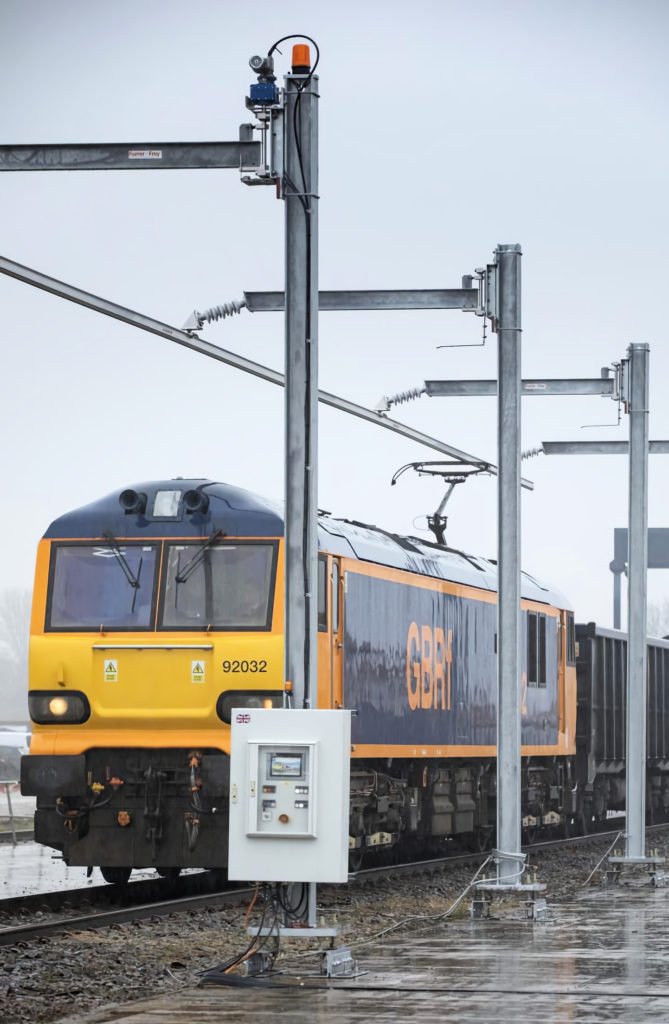
Noel Dolphin, head of Furrer+Frey UK, described the development of the freight solution from the base product used in passenger train depots to enable access to roof mounted equipment such as air conditioning and (of course) pantographs. In depots, sections of overhead conductor wire fitted to a rigid aluminium extrusion are installed on motorised swing arms that can be moved to one side of the high-level access staging under remote control. Interlocks are provided to ensure no access to the staging and so that cranes cannot be used unless the OLE is moved to the side, isolated and earthed. Trains are run into the depot road under electric power, pantographs are lowered, the conductor is de-energised, swung away and earthed, allowing work to start. After work, when everything is stowed and everyone is clear, the conductor is swung back into place, power is switched on, pantographs raised, and the train can be driven out of the depot.
Accommodating freight
Similar principles apply to the freight solution, but development was required to accommodate the open environment of a freight yard compared with an enclosed depot. Particular issues include a much larger temperature range, all weathers, and a relatively dirty environment. Rob Daffern, Furrer+Frey’s engineering director, said that lessons had already been learned from the test installation as they had experienced the retracted conductor losing contact with the earthing strip in gale force winds. This is something that’s easy to fix, now they know.
In a freight yard, the train would be driven into the yard until the locomotive has passed the movable section. Then the movable section would be de-energised, swung out of the way and earthed, allowing work to start, the train moving forward as necessary to provide access to other wagons on the trains. Although static, the demonstration showed how the retracted conductor provides access for a hydraulic grab to load or unload aggregate or ballast from a wagon and will also be suitable for loading/unloading containers. The length of the retractable section can be varied according to the needs of the depot.
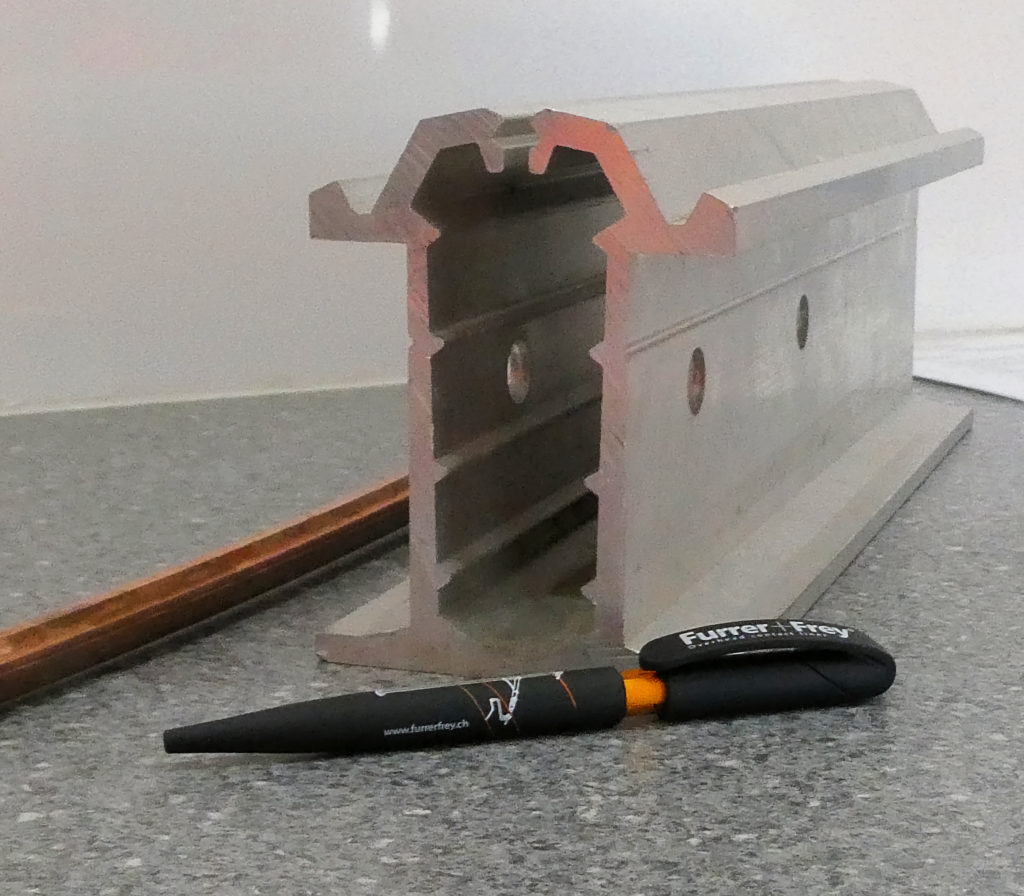
Rail Engineer wanted to understand the costs compared with, say a battery powered shunter. Noel explained that in many yards, there would be a cost in terms of the shunter, staff to operate the shunter, and possibly extra track to accommodate locomotive change. By comparison, the moveable conductor would allow work to be carried out using the main line loco and driver in an analogous way to how trains currently operate with diesel traction. He added that freight yard electrification would be cheaper than main line electrification on cost per km basis, and that moveable sections, which only need to be as long as the loading area, would add approximately 30% to the cost.
Essential step
Noel paid tribute to Innovate UK for its support and to the teams from GB Railfreight, Tarmac, SPL Powerlines, and his team at Furrer+Frey. This project has been delivered in record time from the original elevator pitch in December 2020, a Dragons’ Den pitch in February 2021, formal application in March 2021, funding approved in July 2021, and the demonstration in March 2022.
This is a small but essential step in electrifying rail freight. The site at Wellingborough was ideal as it is adjacent to the newly electrified Midland Main Line and is an excellent example of how the benefits of rail electrification can be extended to freight at relatively small additional cost.
